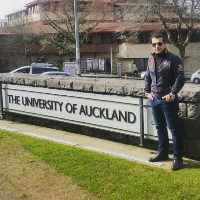Urban Decay: Opportunities or Threats for Sustainable Urban Management (A Case Study of Urban Decay in Nahavand)
Rehabilitation and renovation are of the major challenges with which urban management is facing in developing countries. Identifying physical and functional status of these textures is important for planning, managing, and maintaining them. Urban decay in Nahavand covers an area of 166 hectares consisting of seventeen dead tissues in the neighborhoods. The areas, despite the capabilities in physical, socio - economic and cultural – historical matters, are deficient somehow. In this study, SWOT analysis was used in order to assess the situation of urban decay in Nahavand. The research method used in this article was analytical and documents - literature and field observations were used in order to obtain the necessary data. The results of this study showed that the urban decay of Nahavand because of being ignored by officials and authorities of the city has turned into a serious problem experiencing disorder in social, economic, infrastructural, and bioenvironmental grounds. The city officials have not had any contribution to remove the existing problems either. It seems that any change in their approaches toward the mentioned texture, not as a threat but as an opportunity, most of the problems in the city can be removed and the potentials of Nahavand can be realized to develop this city fundamentally.
-
An analysis of urban agriculture and the possibility of its implementation in the Tehran metropolitan
*, Moslem Babajani
Journal of Geography and Human Relations, -
Measuring the effects of the sense of place on the level of social resilience in new towns (Case study: Mehestan new town)
*, Fataneh Pirdadeh Biranvand, Mahsa Shokri, Sajjad Mohammadzahraei
Journal of Geography and Human Relations,



